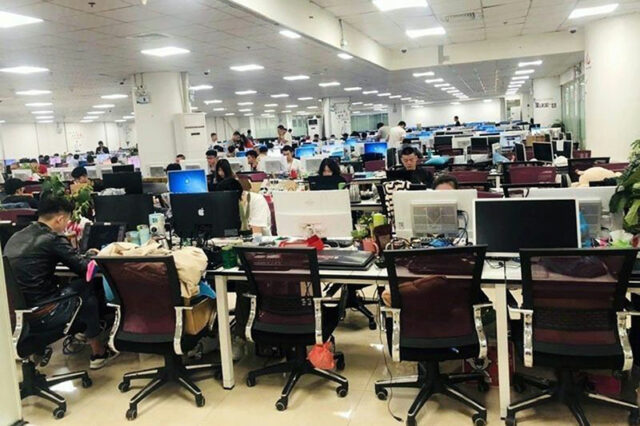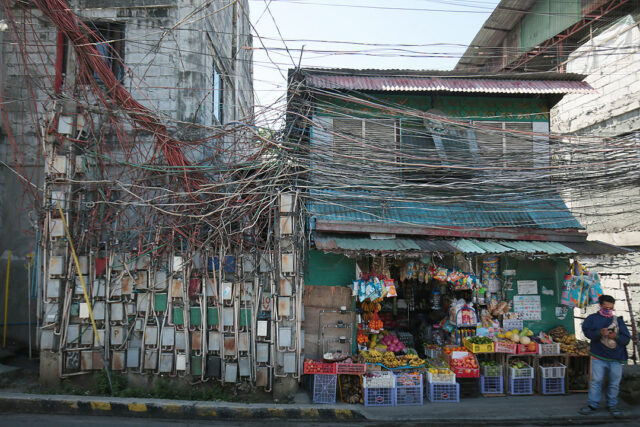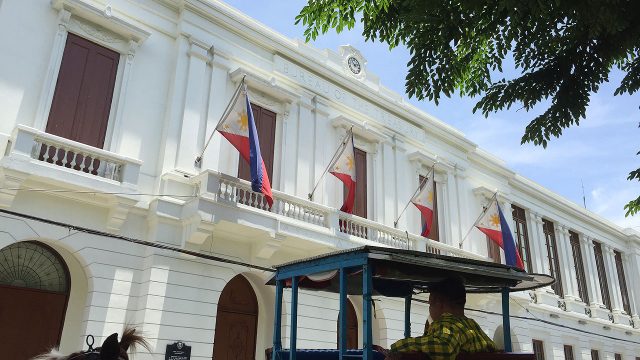(Part 5)
We have considered at least two reasons why Philippine manufacturing never really took off in our development efforts.
First, we failed to address food security by giving short shrift to or neglecting the pre-condition to industrialization for a resource-rich and populous country like the Philippines, which is a green or agricultural revolution that characterized the first countries to industrialize in Europe, America, and Japan. The second policy mistake our leaders made was to rush head-on to capital-intensive, import-substitution and inward-looking industrialization, instead of first developing labor-intensive, export-oriented industries as our East Asian neighbors did.
There is no stopping us, however, from correcting these errors and removing the handicaps (high energy costs, inefficient infrastructures, and obstacles to doing business) in order to have a reasonable chance of competing with our ASEAN neighbors in export-oriented industries. At this late stage of global industrialization, some countries in Africa are still trying to replicate what the East Asian tigers did during the last century, benefiting from the “economic promise of the T-shirt” as David Pilling recently put it in the Financial Times (Aug. 29).
According to Pilling, “Benin, a nation of 13 million people, is trying to achieve what few African countries have managed: systematically transform raw materials — not just cotton, but also raw cashew nuts, soya, shea, and even human hair for wigs — into finished goods. Until now, like many poor countries, Benin has been trapped in a trading pattern in which it sells cheap raw commodities and imports finished goods.” These words apply perfectly to two raw materials we export: coconut and nickel ores. Philippine manufacturing can be given a big boost if we export high-value food products manufactured from coconut and processed nickel products which Indonesia is already doing.
As already mentioned, the emphasis on the importance of manufacturing for reaching high-income status can be explained by the way that sector makes more productive use of human resources than agriculture and most services. In a rough calculation, using macroeconomic data, one of our young economists at UA&P, Greg Mabaggu, divided total output (value added) per economic sector by the number of people employed by that sector and came out with the following comparative figures. Using the agriculture, forestry, and fisheries (AFF) sector as the standard of 1.0, manufacturing rated 50.8, mining 37.3, construction 4.2; electricity, gas, steam, etc. 502.6; water supply, sewerage, waste management, etc. 43.7. It is evident that the entire industrial sector has much higher labor productivity than agriculture, forestry and fisheries.
What about the service sector, which accounts for almost 60% of our GDP? Wholesale and retail trade, repair of motor vehicles and motorcycles rated 23.8, much smaller than manufacturing. Other service sectors are even less productive in using labor: Transport and storage rates 6.2, accommodation and food services rates 13; professional, scientific and technical activities, 19.2; administrative and support services, 5.2; education, 3.5; human health and social work, 13.2; and arts, entertainment and recreation, 13. These figures suggest that shifting more labor to manufacturing can lead to higher GDP levels and that manufacturing can afford to pay higher wages.
Unfortunately, of the 50.3 million workers employed, only 7.8% are in manufacturing. The AFF sector employs 21.2% of the labor force; construction 11.5%; mining and quarrying 0.6%; and electricity and gas, etc. 0.2% with total industry at 20.2%. Services account for 58.7% of total labor force with wholesale and retail, etc. at 21.1%, transportation and storage at 7.1%; accommodation and food service activities at 5.2%; education at 3%; all other service sectors employ less than 3% each. Those not classified (other service activities) total 6.3%. We can conclude from the above data that most of our workers (almost 60%) are in low productivity businesses.
This explains why economists would like to see more of our 50 million or so employed workers in manufacturing and the other sectors of industry and not concentrated in services. This is evidence that we have not truly industrialized. In fact, a recent chart that appeared in this paper, containing the latest data from the World Bank’s World Development Indicators, showed that labor productivity in the Philippines in 2023 was the fifth lowest in the East and Southeast Asian region. At $23,519, it was more than two times lower than the East Asia & Pacific’s average of $43,715 and the world average of $47,919 in 2023.
One of the most compelling studies about the primordial role of manufacturing to attaining First World status was that of a team of economists at the Asian Development Bank headed by Dr. Jesus Felipe, who is now the Chair of the Economics Department of my alma mater, De La Salle University, a contributor to this paper. The results of this study appeared in the Cambridge Journal of Economics (January 2019) in article entitled “Manufacturing matters… but it’s the jobs that count.” Let me quote from the Abstract: “We assemble a large database of countries’ manufacturing employment and output shares for 1970-2010. We ask whether increased global competition and labor-displacing technological change have made it more difficult for countries to industrialize in employment, and whether there are alternative routes to prosperity. We find that 1.) All of today’s rich non-oil economies enjoyed at least 18% manufacturing employment shares in the past; 2.) They often did so before becoming rich; 3.) Manufacturing peaks at lower employment shares today (typically below 18%) than in the past (often over 30%); 4.) Compared with employment, output shares are weak predictors of prosperity, and are under less pressure; and, 5.) Late developers’ manufacturing employment shares peak at much lower per capita incomes than previous studies have shown. We demonstrate that final result through regression analysis and simulation of the dynamics implied by our regression model. Becoming rich through industrialization has therefore become much more difficult. We argue in large part because of rapid growth in the manufacturing capabilities of some very populous countries.
These findings based on very hard evidence should give Philippine policy makers much food for thought. First, we have to do everything possible in the next 10 years or so to increase the share of manufacturing in total employment from the very low present rate of 8%, not to the practically impossible 20% or more attained in the past by countries like Taiwan and South Korea, but at least to double the rate to 16%.
A glimmer of hope for Philippine manufacturing was suggested by a recent report in September that the country’s manufacturing sector hit a more than two-year high, supported by a rise in new orders and production amid weak international demand, as reported by S&P Global. The domestic demand for manufactured products has reached such a high level that “overall new orders increased at much faster pace, despite demand for Filipino goods dropping notably in international markets.” Here again, we have proof of the advantage of a large, growing, and young population. We should give special attention to the manufacture of food products from the raw materials we grow. We have to “industrialize” agriculture.
One specific crop that should be given very serious attention is cacao, which we were a major producer of before the Second World War. As leading agribusiness economist, Ernie Ordonez, reported in a Philippine daily, the Ivory Coast — the top exporter of cacao in the world — is suffering shortages nowadays.
He advises that we help coconut farmers implement a superior multi-crop cacao system. Considering that two-thirds of the 3.6 million hectares of coconut trees have nothing planted between them, it would be profitable to help these farmers to cultivate cacao in between the coconut trees. In Ernie’s calculations, a cacao investment of only P47,454 per hectare can yield a net income of P130,313 per year, with a cacao tree being productive for 25 years. He suggests that we make use of part of the largely unutilized coco levy fund to fully support the plan of Agriculture Secretary Tiu Laurel and Philippine Coconut Authority Administrator Dexter Buted in fast tracking coconut intercropping by the small coconut farmers who are among the poorest of the poor in the Philippines.
As much as possible, we should not export the raw cacao but have our food manufacturers process them into chocolate candies that replicate the quality of the small producers in Davao and Bohol, who have already made a name for themselves in the global confectionery market.
(To be continued.)
Bernardo M. Villegas has a Ph.D. in Economics from Harvard, is professor emeritus at the University of Asia and the Pacific, and a visiting professor at the IESE Business School in Barcelona, Spain. He was a member of the 1986 Constitutional Commission.
bernardo.villegas@uap.asia












